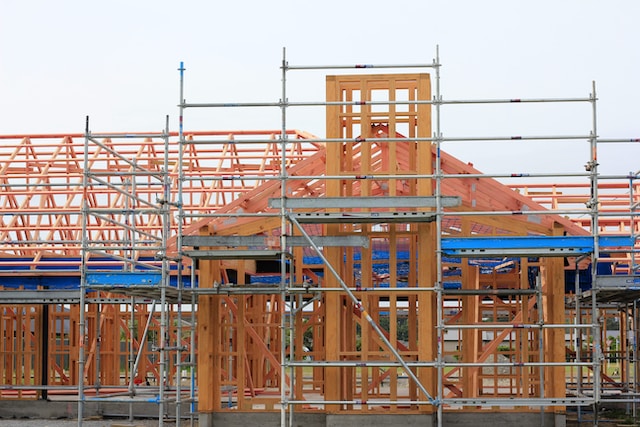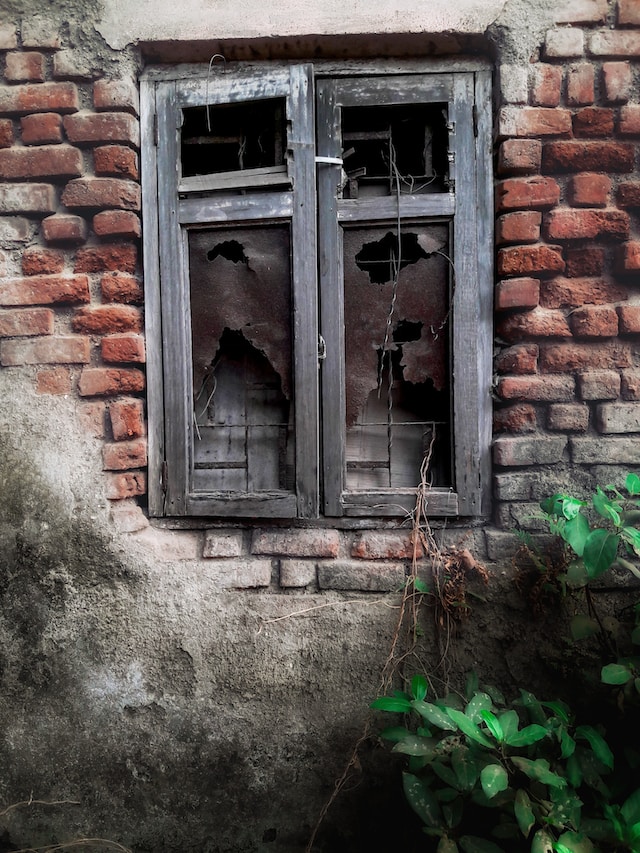Real estate is almost always a solid investment. The two major barriers are the high initial investment required and the necessity to manage the property. The former can’t really be fixed, but there are things you can do about the latter. While there is always the option to hire a property manager, this increases the investment required and can make the profits less attractive. Fortunately, there are some other options for real estate investment without being involved in management, which is termed passive real estate investment.
The other options are real estate investment trusts (REITs), real estate crowdfunding, private real estate funds, and exchange-traded funds (ETFs). In all of these cases, you are investing only a portion of the funds. This also reduces the barrier to entry, but at the cost of lower profits. REITs are trusts that own and manage income properties. Investors can purchase shares of REITs that pay dividends. Similar to REITs, ETFs are publicly traded; however, ETFs are traded on the stock market rather than purchased as shares of a company. Real estate crowdfunding and private real estate funds both involve a group of investors pooling money for an investment project. Crowdfunding gives each investor more choice about which projects they’re interested in, which is better for an investor who knows what they’re doing while still not putting the onus of management on them. Private real estate funds are the option for investors who just want to throw money at an investment and not be involved at all, as they are managed by professionals that choose the projects.
Photo by Anne Nygård on Unsplash



















